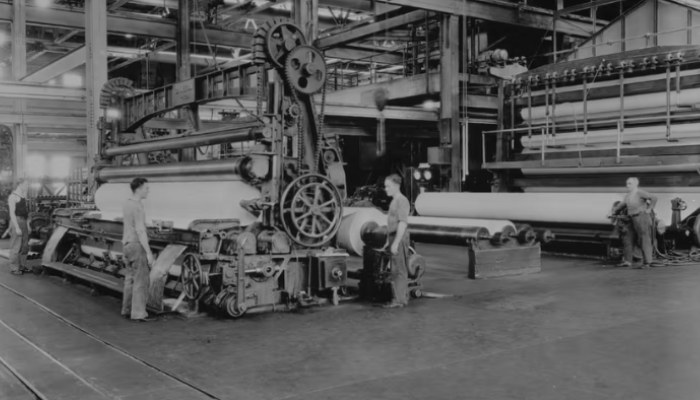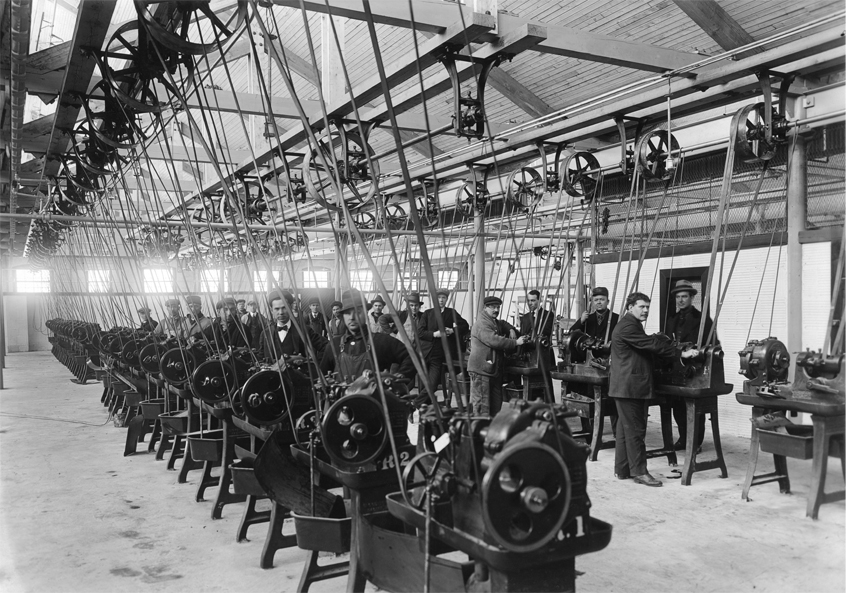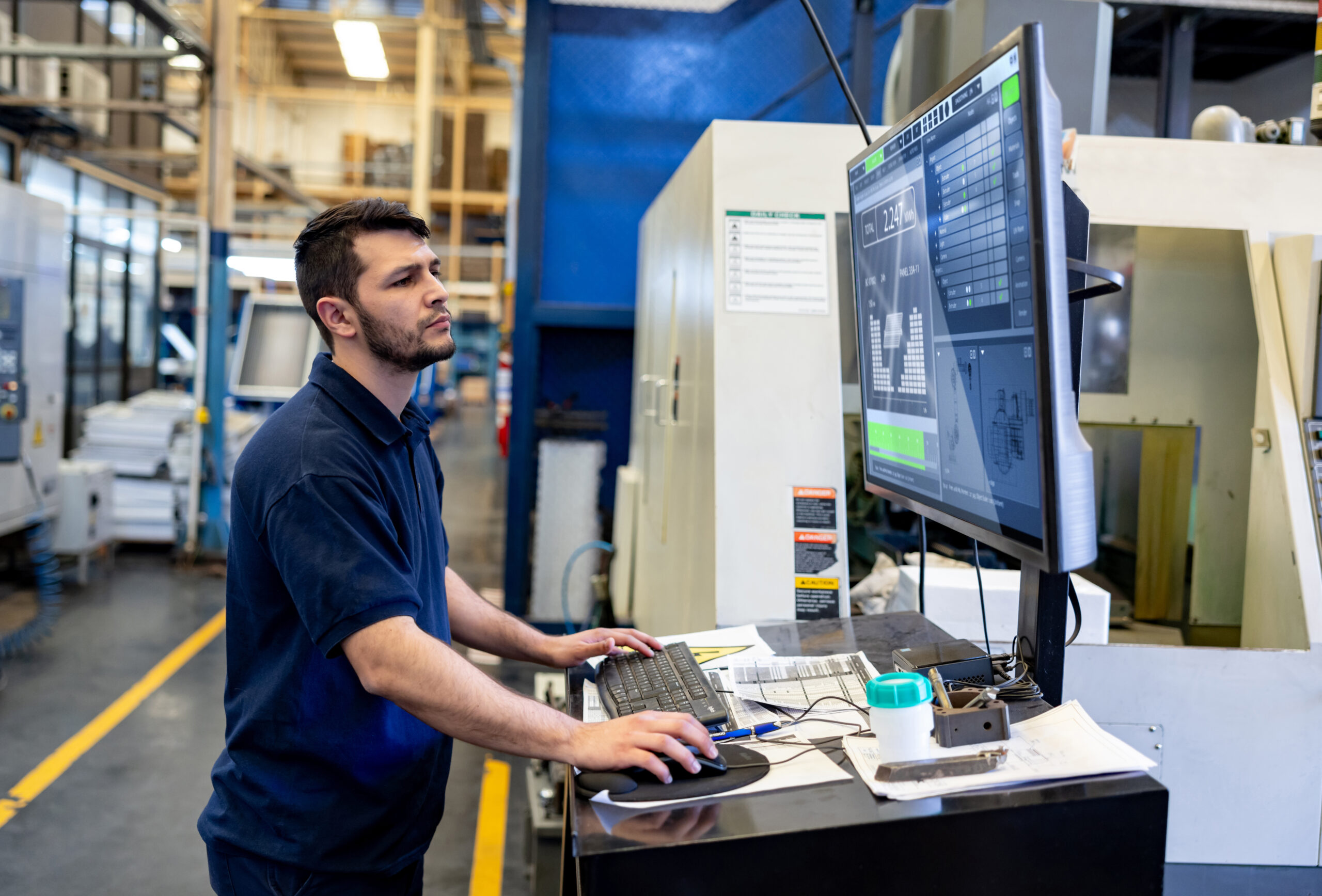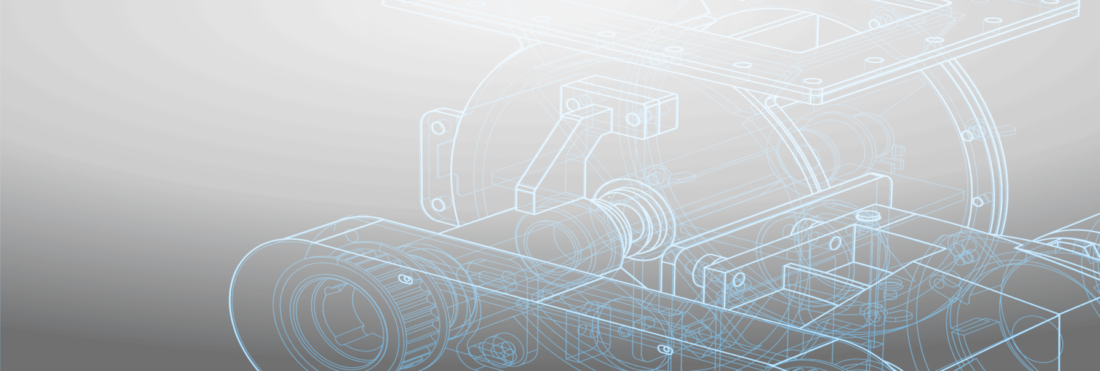
Quebec’s journey from a rural society to a manufacturing powerhouse began in the mid-19th century. In honor of Saint-Jean-Baptiste Day, let’s take a leap back in time to explore the key milestones and technological advancements that transformed Quebec into a major player in North America’s manufacturing sector.
The Beginnings of Industrialization
Until the mid-19th century, Quebec society was predominantly rural, with most people living in the countryside. Only 15% of Quebec’s population resided in cities like Quebec City and Montreal, which were very underdeveloped at the time.
In 1850, agriculture began to modernize thanks to new machinery. Commercial agriculture gradually replaced subsistence farming, marking a significant shift in how people lived and worked. At the same time, Montreal’s industrial development began, signaling a turning point for Quebec society as the first signs of manufacturing emerged.
Technological advancements such as assembly lines, steam engines, and electricity revolutionized production methods, driving this progress. Additionally, the rapid expansion of railroads in Quebec and Canada opened previously inaccessible regions and facilitated the movement of commercial goods, playing a crucial role in industrial development.
Numerous banks and insurance companies, like the Bank of Montreal, founded in 1817, established themselves in Montreal, providing the necessary financing for industrial projects. This access to capital, combined with efficient transportation networks, greatly benefited Montreal’s industries. The growing use of hydraulic power also allowed factories to operate at lower costs, significantly increasing production efficiency and fueling industrialization.
The first Quebec manufacturing sectors to develop were closely linked to raw materials such as wood, iron, and milling. Simultaneously, the shoe manufacturing industry emerged, further diversifying Quebec’s industrial landscape.

Acceleration of Industrialization
The early 20th century marked a period of significant growth and industrial prosperity for Quebec. Electricity began to replace steam as the primary energy source in factories, marking a major technological transition.
Industrialization accelerated in this period, driven by the increasing demand for manufactured products. The manufacturing industry rapidly diversified in Montreal, with new sectors such as textiles, clothing, food, steel, and tobacco emerging. Some Montreal factories also began producing heavy transport equipment. In the early 20th century, Montreal alone produced half of Quebec’s industrial goods and housed nearly a quarter of its population.
Quebec City’s industrial development also intensified, contributing to the widespread urbanization across the province. This industrial expansion stimulated economic and social development in various regions, transforming Quebec’s landscape and society.
Continued Economic Growth
New industries developed near natural resources with companies in Quebec focusing on wood, copper, asbestos, and aluminum. The development of hydroelectric power also contributed to this industrialization, with new dams being built in Mauricie, Lac-Saint-Jean, and Outaouais.
Light manufacturing industries, however, remained predominant, notably textiles, clothing, footwear, tobacco, and food. An influx of new immigrants, the development of Western Canada, and increasing urbanization significantly boosted demand for these products.
As manufacturing industries were already well-established across Quebec, the province benefited greatly from economic development in the United States. Both Canada, as a whole, and the province of Quebec saw their economies develop thanks to American investments and expanding markets. A wave of immigration from Eastern Europe, the creation of two new provinces, and technical advances further fueled this growth.
Other Quebec cities also became centers for light industry, with textiles in Sherbrooke and Trois-Rivières, as well as footwear in Quebec City.
The Manufacturing Industry Today
In the late 1990s and early 2000s, many Quebec manufacturing companies modernized and adopted new technologies, like ERP software, to increase efficiency and achieve greater operational effectiveness.
Today, Quebec has far surpassed its modest beginnings to become a North American leader in manufacturing. Quebec’s manufacturing industry, which is the province’s second-largest sector, contributes 13% of the GDP, or $49 billion, to our province.
Conclusion
Quebec has come a long way from its rural beginnings to become a major player in North America’s manufacturing sector. From the early days of agricultural modernization and the rise of industrialization in Montreal to the diverse and robust manufacturing sectors spread across the province today, Quebec’s journey has been impressive.
The province’s ability to adapt and grow, driven by technological advancements and strategic use of resources, has been key to this success. We can be proud of what we have accomplished and our Quebec know-how, which has positioned us as a leading manufacturing hub in North America. Happy Saint-Jean-Baptiste Day!
Get your eBook Scared to implement a new ERP?
"*" indicates required fields



